Ghetto Theatre
David Bomberg
1920
Image
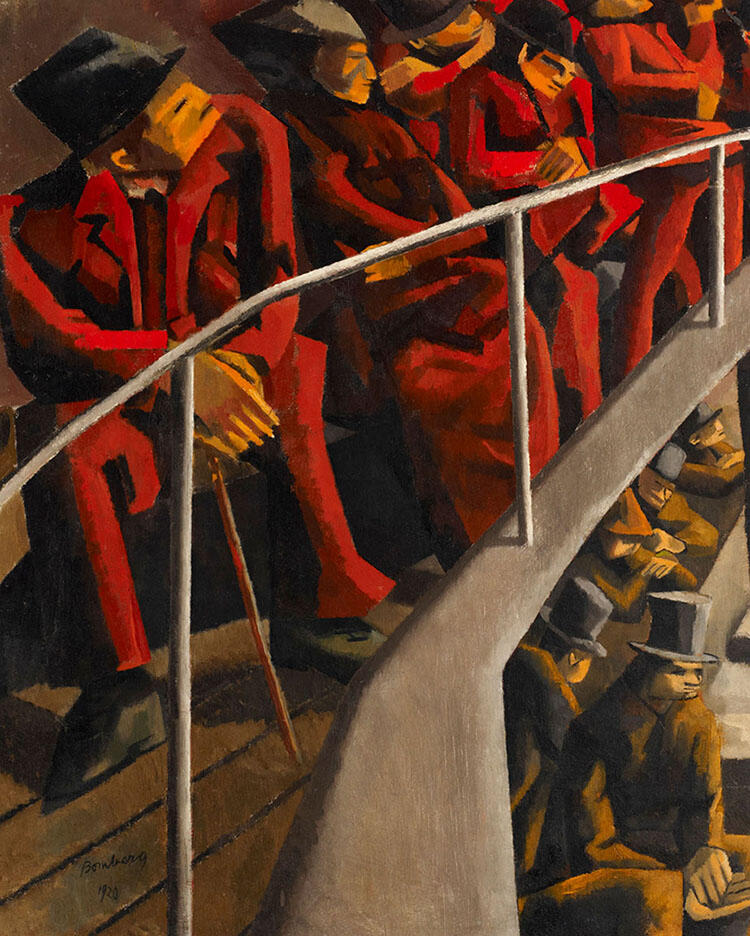
Engage with this Source
Creator Bio
David Bomberg
1890–1957
The painter David Bomberg was one of the “Whitechapel Boys,” the cohort of British Jewish writers and painters who emerged from the immigrant quarter of East London in the early twentieth century. He studied at the Slade School of Fine Art from 1911 to 1913 but was expelled for the radicalism of his style, which was influenced by Italian futurism and cubism. After the war, his style changed, and he began to focus on landscapes. From 1923 to 1927, he painted and sketched in Mandate Palestine with the financial support of the Zionist movement. He is considered one of the great painters of twentieth-century Britain.
Restricted
Image
Places:
London, United Kingdom
You may also like
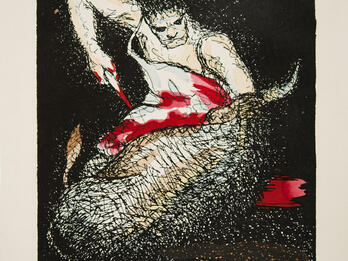
The Shohet (from “Had Gadya”)
The violence of the Passover song “Had Gadya” (“Who Knows One”) clearly spoke to this illustrator’s sense of horror following World War I.
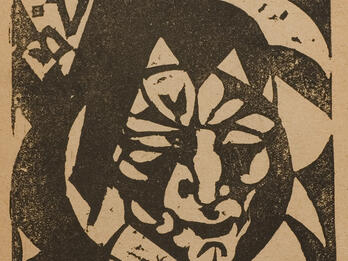
Woodcut no. 1
Tkhiyes-hameysim (The Resurrection of the Dead) is a dramatic poem by Moyshe Broderzon inspired by medieval Christian “mystery” (or “miracle”) plays that presented bible stories and were performed in…
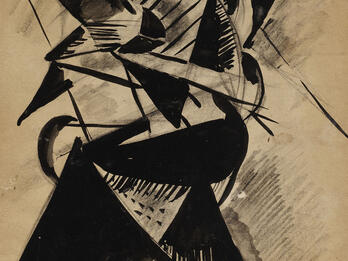
Man with Torah
Frenkel, whose work was shaped by the School of Paris (École de Paris), played a key role in bringing modernism to Israeli art. Among his students were prominent members of what is known as the Land…
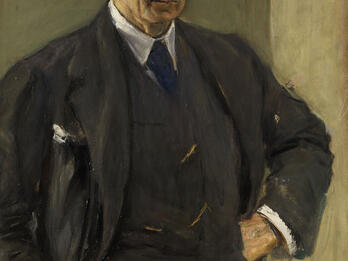
Self-Portrait
In the interwar period, Liebermann’s portraits were highly sought after by the wealthy. He also produced many self-portraits. This one, painted when he was in his seventies, portrays him as a self…
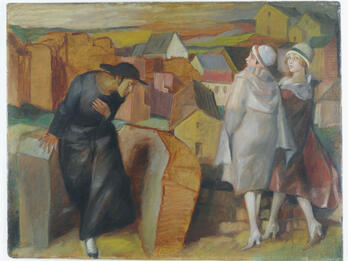
The Meeting: A Jewish Youth and Two Women in an Urban Alley
The Meeting, Schulz’s only surviving oil painting, obliquely explores a theme he returned to many times in his writing and art, namely, sadomasochism, this time in the context of an encounter between…
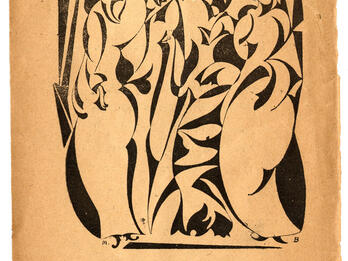
Cover, Di malke Shvo: dramatishe poeme
In 1920 and 1921, Broderzon, the guiding force of Yung-yidish (Young Yiddish), a literary and artistic group he co-founded in Łódź, published over half a dozen books of poetry and plays. Prolific and…

